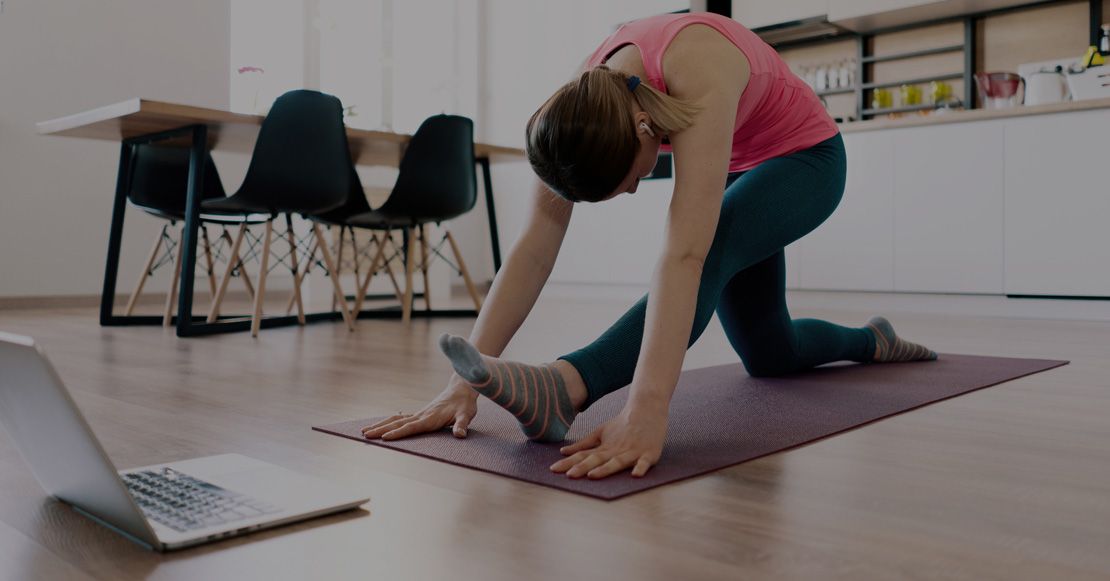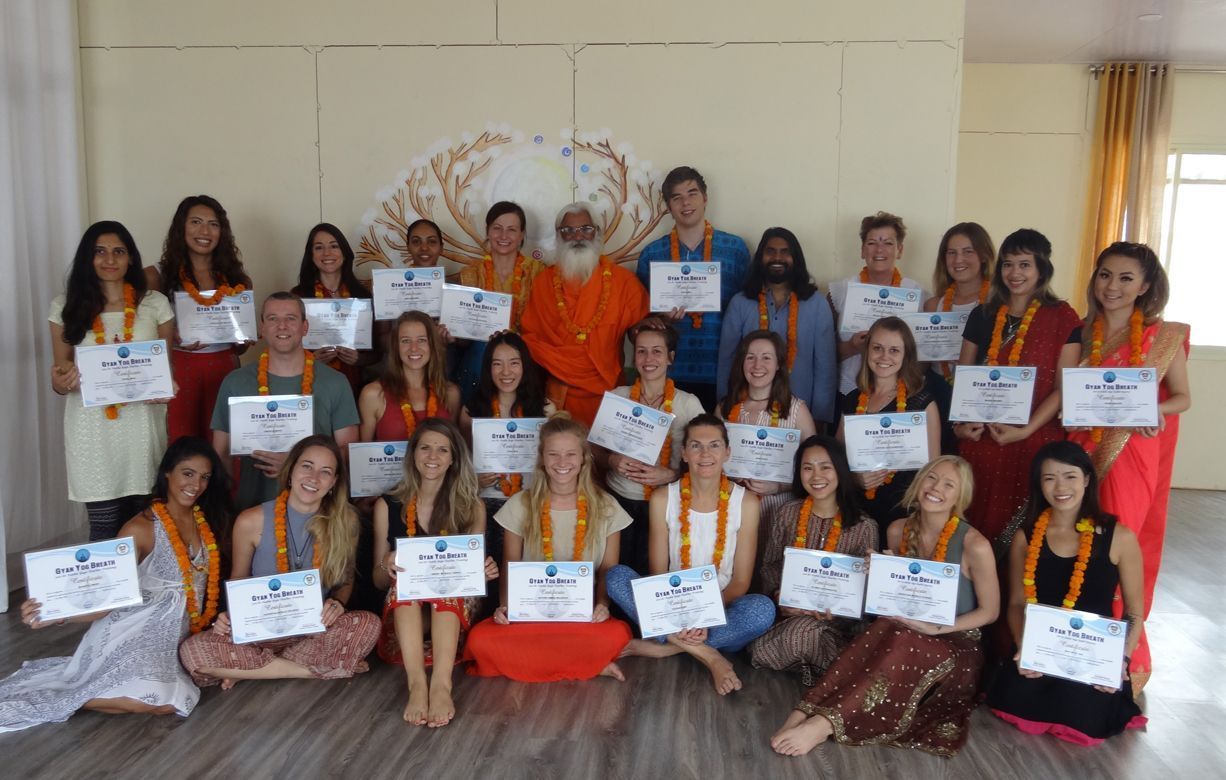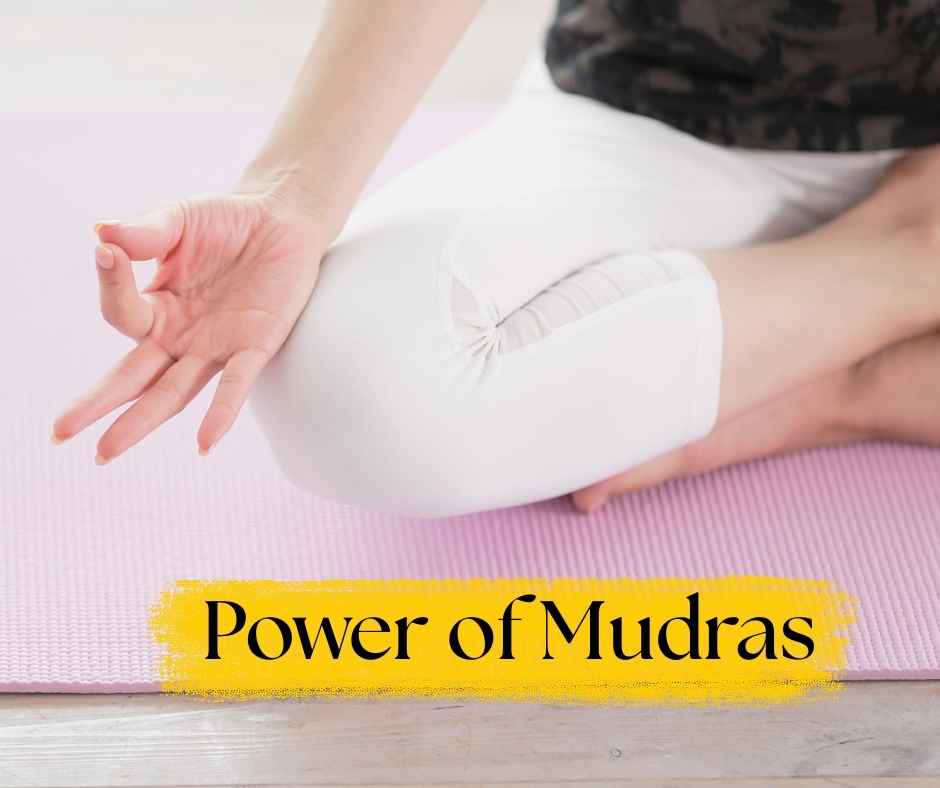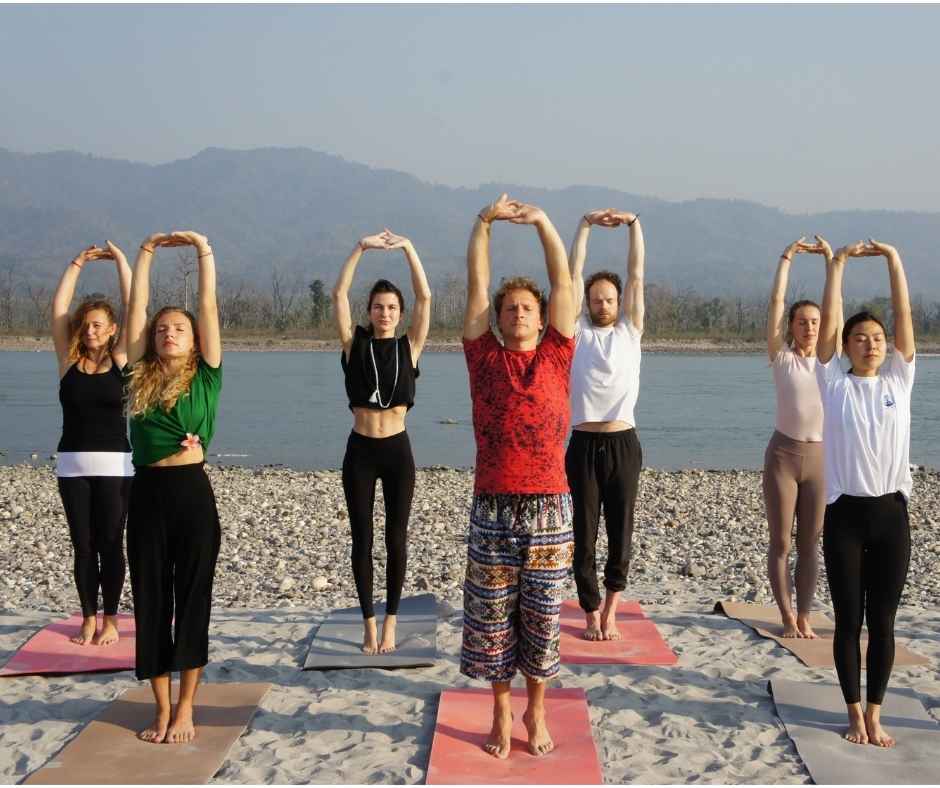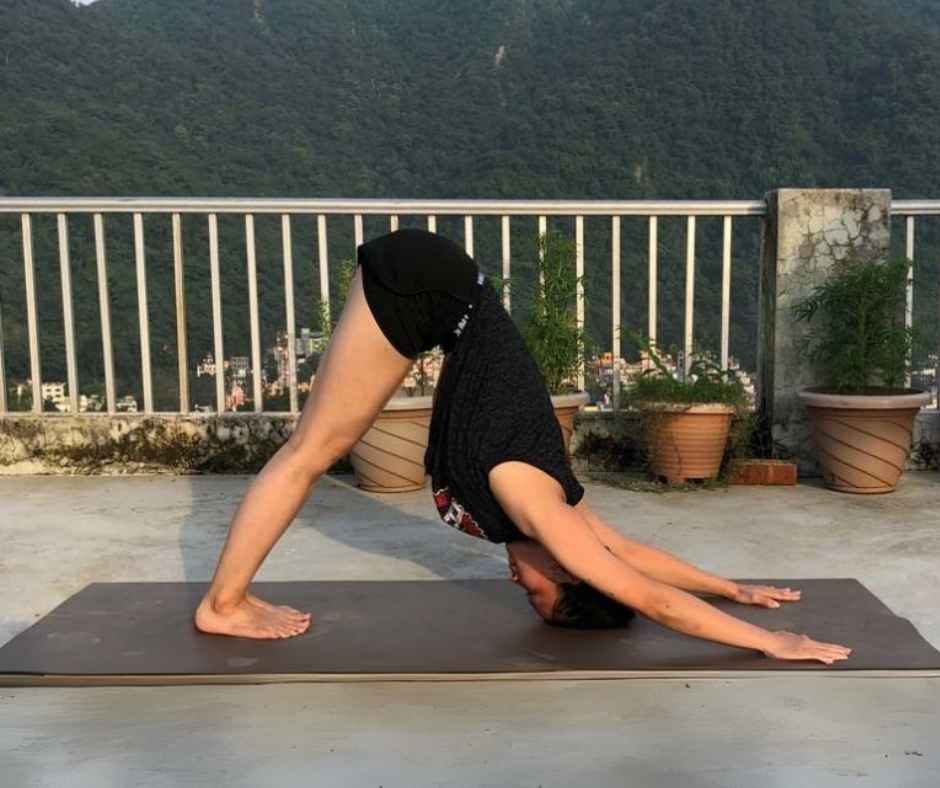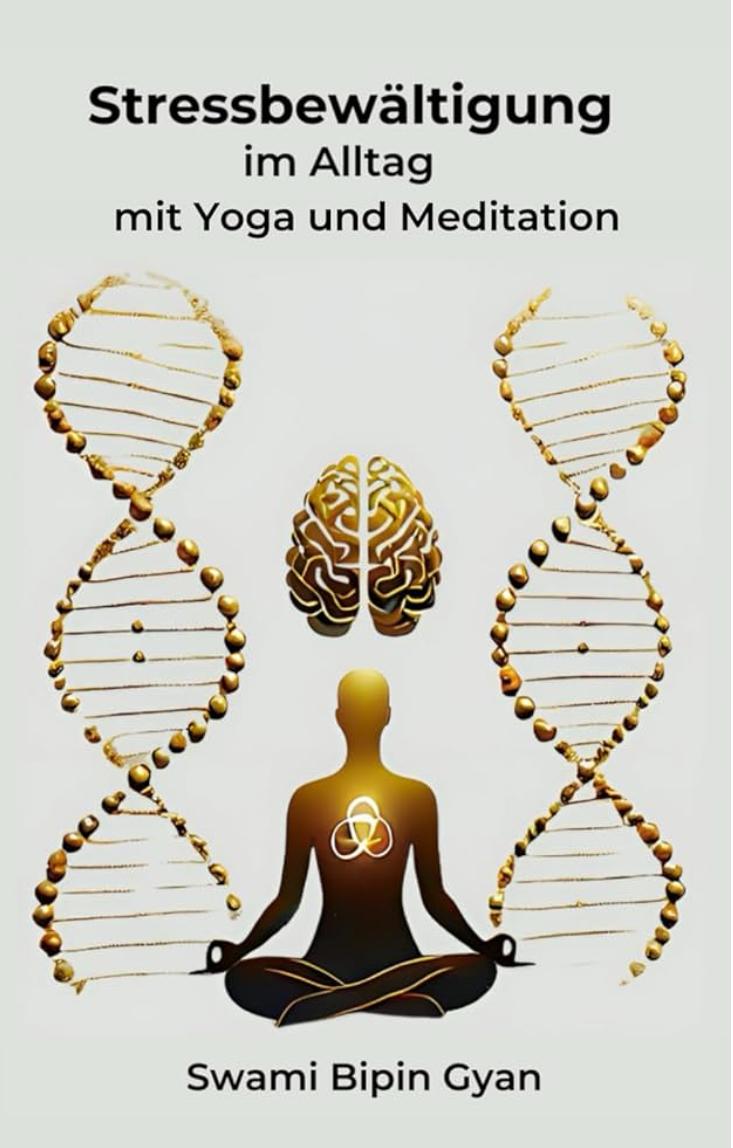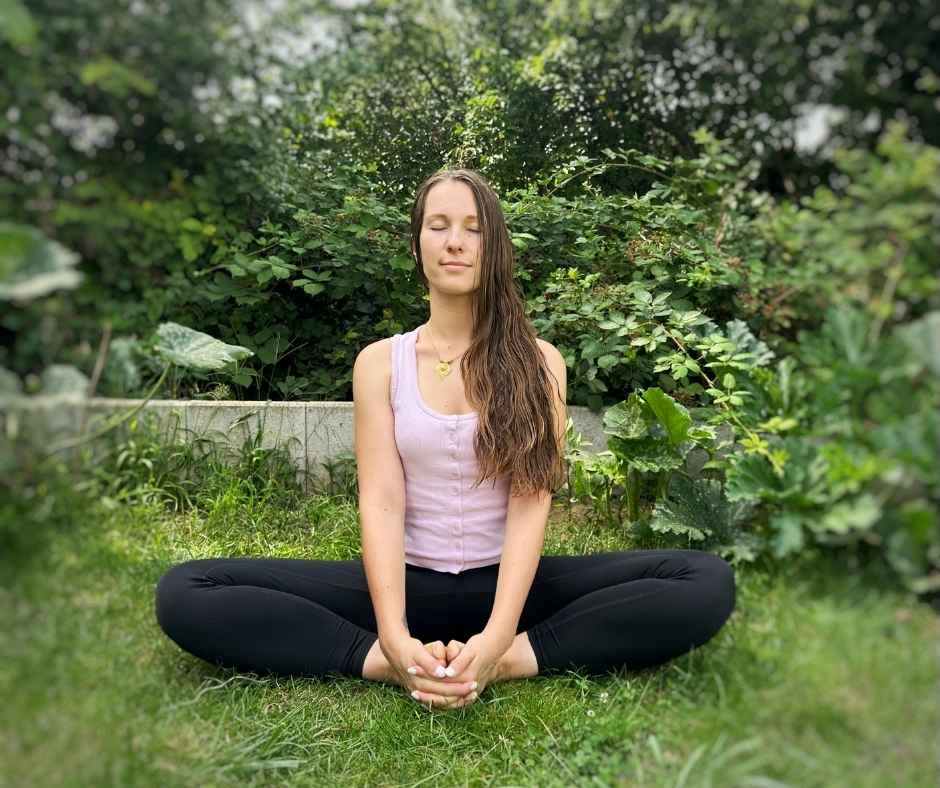
Bhadrasana, also known as The Gracious Pose, is a seated asana that supports grounding, calmness, and hip flexibility. The Sanskrit word “Bhadra” means auspicious, good, or gracious, reflecting the energetic qualities this posture invites. Visually and functionally, Bhadrasana resembles the more commonly known Butterfly Pose, also called Titliasana or Baddha Konasana.
Although simple in appearance, Bhadrasana is deeply beneficial for the body and mind, particularly when practiced with awareness and proper alignment.
Pose Origins
Titliasana is one of the classic seated postures referenced in ancient yogic texts. It is explicitly mentioned in the Gheranda Samhita, a 17th-century Sanskrit manual on Hatha Yoga. In traditional texts, Bhadrasana is described as a meditative pose, ideal for breathwork and internal practices, due to its stability and groundedness.
Step-by-Step Instructions
- Start Seated: Begin in a comfortable seated position on the mat. If your hips feel tight, sit on a folded blanket or block to elevate the pelvis.
- Join the Soles: Bring the soles of your feet together in front of you, letting your knees drop out to the sides like the wings of a butterfly.
- Heels Close: Draw your heels gently toward your groin without forcing. Keep your spine long and shoulders relaxed.
- Hold the Feet: Interlace your fingers and grasp your feet or ankles.
- Relax the Knees: Let gravity do the work. Don’t push the knees down. Allow the hips to open naturally with breath and time.
- Gaze Softly: Close the eyes or maintain a soft gaze ahead. Stay in the pose for 1 to 3 minutes, breathing deeply into the hips and pelvis.
Modifications and Props
For those with tight hips or discomfort:
- Place pillows or blocks under the knees for support and to reduce strain.
- Sit on a yoga block or folded blanket to elevate the hips and allow for a more neutral spinal position.
- Use a wall for back support if holding the posture for longer periods.
The goal is comfort and ease—not pushing beyond your current range.
Benefits of Bhadrasana
Physical Benefits:
- Opens the hips through external rotation of the hip joints
- Gently stretches the inner thighs, groin, and hip flexors
- Stimulates the abdominal organs and pelvic floor
- Enhances circulation in the lower abdomen and legs
- Improves postural awareness and supports seated meditation
- Builds hip mobility and flexibility for deeper postures
Mental and Energetic Benefits:
- Promotes mental calmness and a grounded state
- Prepares the mind for meditation and pranayama
- Encourages emotional stability and nervous system regulation
Anatomy Focus: Hips and Pelvis
- Adductors (inner thighs), which are stretched
- Piriformis and gluteus muscles, which help stabilize
- Hip flexors, which gently release as the pelvis tilts forward
Contraindications of Titliasana (Baddha Konasana)
While Bhadrasana is considered a beginner-friendly pose, some contraindications include:
- Replaced or unstable hip joints: Seek medical advice before practicing
- Knee injuries or recent surgeries: Always support the knees and avoid forcing them down
- Severe lower back pain: Elevate the hips or skip the pose if discomfort persists
In all cases, support and alignment should be prioritized over depth or appearance. Modifying the posture allows almost anyone to practice safely.
Please note: While online resources, videos, and blogs can offer helpful guidance, the depth of yoga is best explored under the guidance of an experienced teacher. A knowledgeable instructor can provide personalized adjustments, answer questions in real time, and guide students through the subtle nuances of breath, posture, and alignment that online content often overlooks. At Gyan Yog Breath, we offer both online and on-site yoga teacher training programs in Rishikesh, India. Whether you’re just beginning or looking to go deeper, our 100 hour and 200 hour yoga teacher training in India courses provide a strong foundation rooted in authenticity, tradition, and supportive community.

